The striving for outstanding results is presumably as old as humanity. Our Stone Age ancestors have not left any reports behind for us about this so that we must rely on our suppositions. In today’s discussion we are on safer ground when we are dealing with the origin of Business Excellence.
Dr. Hans-Dieter Schat (Fraunhofer ISI): Integral office design is a requirement for excellent Management
The decisive impetus came from Tom Peters and Robert Waterman, who set off in 1982 “In Search of Excellence“- the title of their bestseller. Peters and Waterman obtained eight principles of excellence from the analysis of the best companies at the time:
- A bias for action, active decision making - ‘getting on with it’: trying comes above studying.
- Close to the customer: Not only the striving for customer satisfaction but also learning from the customer and developing innovations jointly with the customer.
- Autonomy and entrepreneurship– also and especially then when risks are involved.
- Productivity through people, and, in fact, through all the people who work in the company or are involved with it. Not only productivity through managers!
- Hands-on, value-driven, the emphasis is on the actually “hands-on” management practice.
- Stick to the knitting, no diversification into different sectors.
- Simple form, lean staff: only as many management and specialist teams as necessary.
- Simultaneous loose-tight properties, that is tight in the basic orientation and targets, loose in the choice of means
Subsequently, Peters and Waterman were heavily criticized but you must first acknowledge their contributions: With the book “In Search of Excellence” the subject was presented to a broad public in the Western world. “Excellence” in companies was suddenly no longer only the concern of the boss, but was discussed on all levels. Since this book you no longer overlook the subject of Business Excellence in management theory and the authors are responsible for this input. Basically, the criticism of their work is based on two arguments:
- Some of the “excellent” companies selected by Peters and Waterman got into economic difficulties soon after the book was published.
- It remained unclear how these eight principles are connected, how they can be implemented together in a company.
The first point of criticism concerns all the concepts of business management and management theory: current success does not guarantee future success. No one has yet found a concept which guarantees business management success for the long term. Success must be worked at anew time and time again.
The second point of criticism went deeper and led to the development of management models which wanted to bring the different perspectives, criteria and demands into one integral approach and an integrated assessment.
Probably the most well-known of these models, at least in Europe, is the Business Excellence Model of the European Foundation for Quality Management. This model was developed since 1988 by representatives of leading European companies and has new criteria which are divided into two groups: the facilitators and the results.
Why are not only the results recorded?
In an early stage you can only determine that a company is using more resources, for example, for the improvement of employee motivation or process stability. Only later will it be possible to observe the results in our example with more innovations through qualified employees or more stable processes.
The EFQM model of Business Excellence, due to the consideration of facilitators, is in the position to record approaches for improvement very early. The new criteria are as follows in the current version:
Facilitators:
- Management
- Employees
- Strategy
- Partnerships and resources
- Processes, products and services
Results:
- Employee-related results
- Customer-related results
- Company-related results
- Key results
Consequently, the criteria of Peters and Waterman have not been overtaken but put into a frame and made available for an integral contemplation.
The development of office concepts reflects the development of Business Excellence concepts just outlined.
Office design started with individual criteria: size of the desk tops and the access routes to the window, the strength of the lighting and limitation of reflections, perhaps also a sensible arrangement of work medium or storage.
All these criteria were introduced with good reasons; serious disregard of these criteria leads to injuries and job-related illnesses of the office worker. But these criteria stand for themselves; they lack an integrating concept. With the taking account of table sizes and lighting strength perhaps an injury-free office can be designed, but definitely no excellent office.
Office design has an unusual quality which obviously makes the taking over of an integral approach more difficult: an office and its furnishings consist of objects which are noticeable in isolation.
No one would say : “This company has improved its innovation management in the frame of EFQM, therefore we will also improve our innovation management and we will automatically be excellent.“
But some say: “This company has introduced free-form surfaces and 2-component lighting and increased the efficiency in the office. Therefore, we will also buy desks with free-form surfaces and a couple of 2-component lights and increase our efficiency likewise.“
The one functions as little as the other. The winners of prizes in the frame of the EFQM model show outstanding achievements in all criteria and the process is coordinated for the individual criteria.
It is no different in the office: only one integral process, starting with the planning and the involvement of the employees through to realization, resulting in office workplaces in which the employees can live Business Excellence.
Dr. Hans-Dieter Schat
The author: Dr. Hans-Dieter Schat studied economics and social sciences, served in the 1990s as office organiser in the automobile industry and is now senior researcher at the Fraunhofer Institute for System and Innovation Research ISI.
A meticulous and holistic design of the working environment, however, can promote creativeness and significantly contribute to the wellbeing of body and mind. This design also promotes
...
German furniture manufacturing
Vital Office GmbH
D-75334 Straubenhardt, Holzbachtal 204
+49 7248 93566-90
+49 7248 93566-97
International Export
Vital Office Hongkong Limited
Rooms 05-15,13A/F, South Tower, World Finance Centre, Harbour City, 17 Canton Road, Tsim Sha Tsui, Kowloon, Hong Kong
Chinese furniture manufacturing
Vital-Office Shanghai Co.,Ltd
上海新饰力办公用品有限公司
Wechat ID: Vital-Office
Login
Notice
We changed to our new Portal. Many content still needs to be copied to this new Portal. For your convenience, you can access the content of our old internet pages through the link below.


 www.vitaloffice.net (-09.2014)
www.vitaloffice.net (-09.2014)
All prices are EXCLUDING VAT.

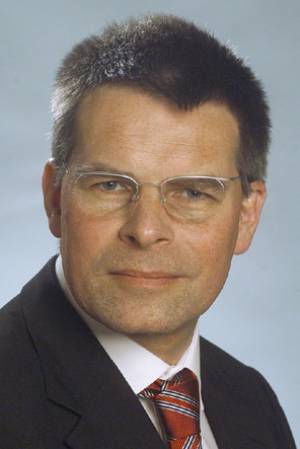

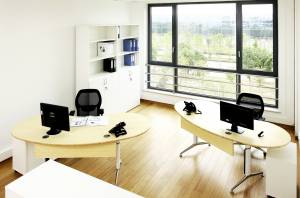
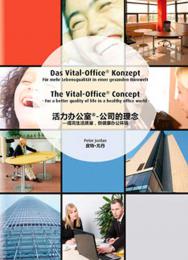

 /a>
/a>
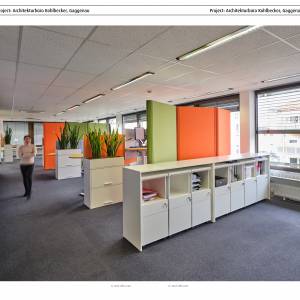 /a>
/a>
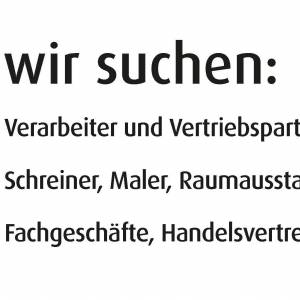 /a>
/a>
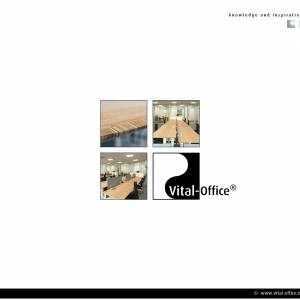 /a>
/a>
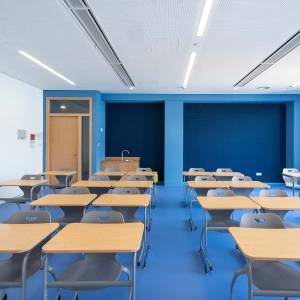 /a>
/a>
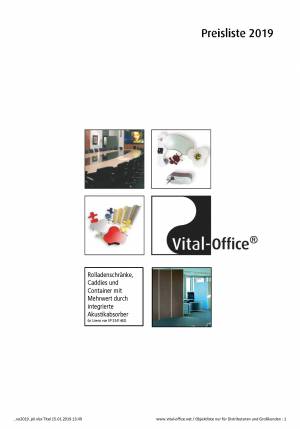 /a>
/a>
 /a>
/a>
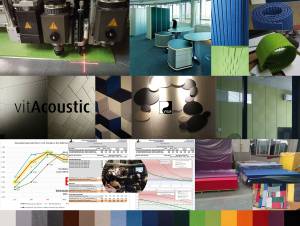 /a>
/a>
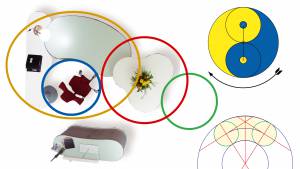 /a>
/a>
 /a>
/a>
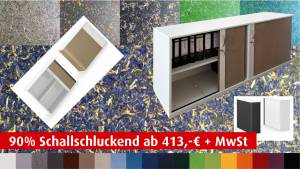 /a>
/a>
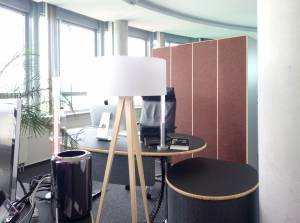 /a>
/a>
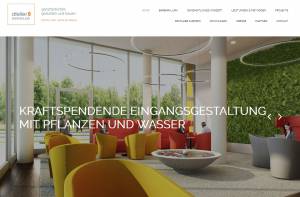 /a>
/a>
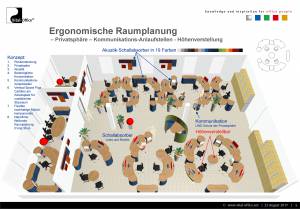 /a>
/a>
 /a>
/a>
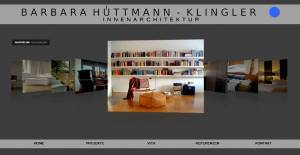 /a>
/a>
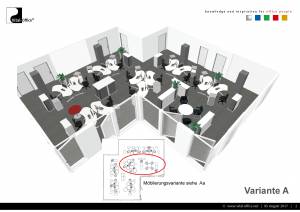 /a>
/a>
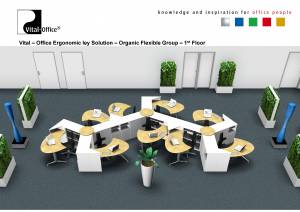 /a>
/a>
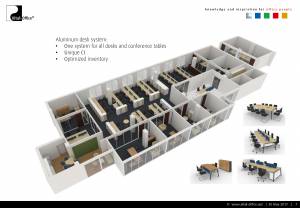 /a>
/a>
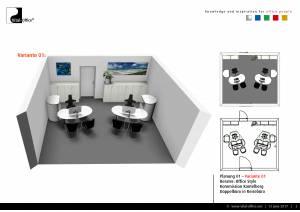 /a>
/a>
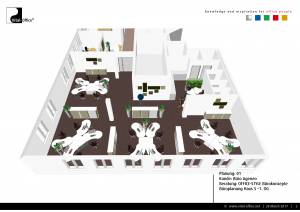 /a>
/a>
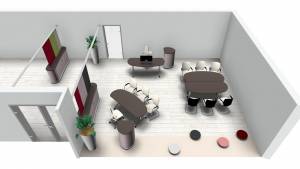 /a>
/a>
 /a>
/a>
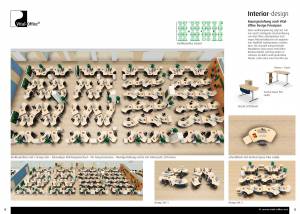 /a>
/a>
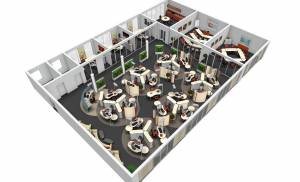 /a>
/a>
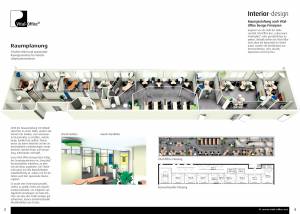 /a>
/a>
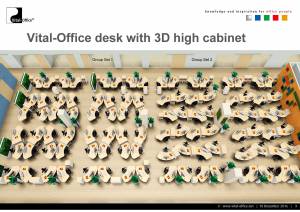 /a>
/a>
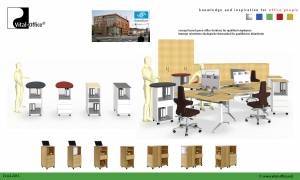 /a>
/a>
 /a>
/a>
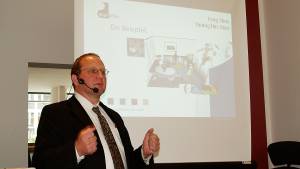 /a>
/a>
 /a>
/a>
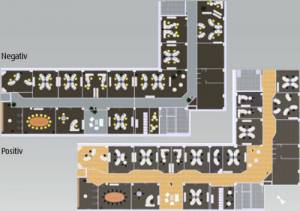 /a>
/a>
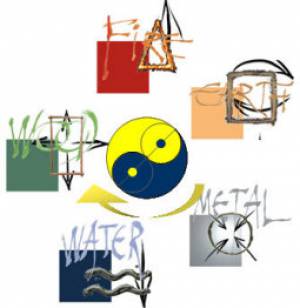 /a>
/a>
 /a>
/a>
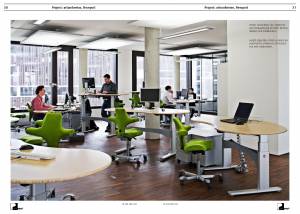 /a>
/a>


